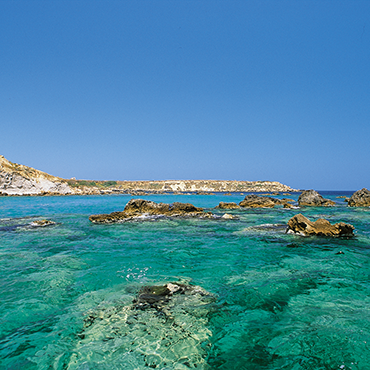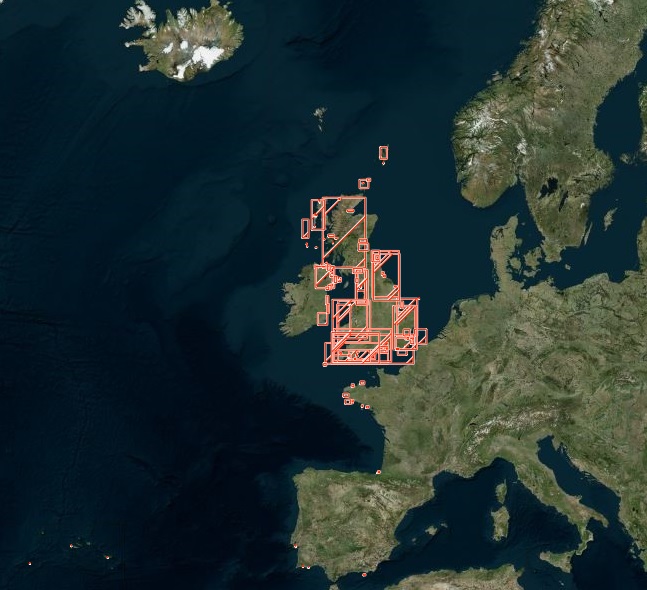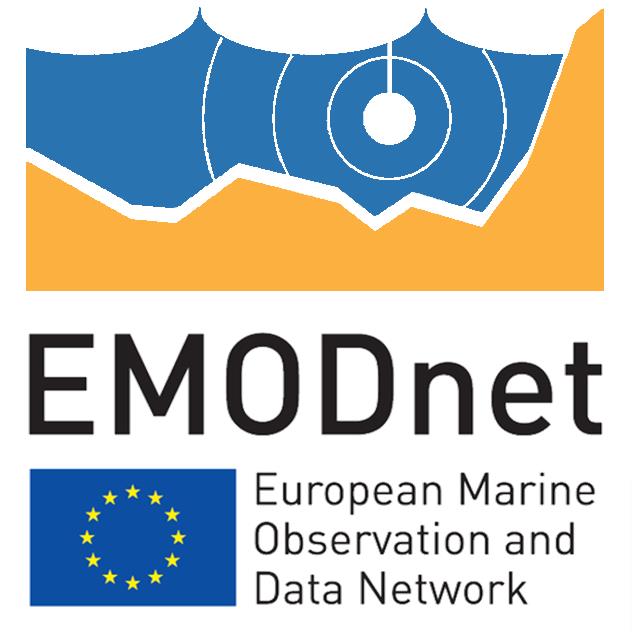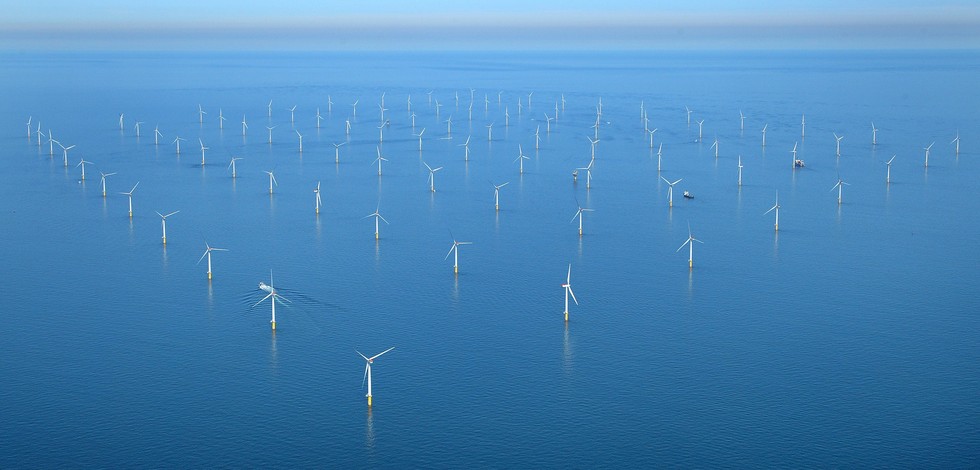cl_maintenanceAndUpdateFrequency
asNeeded
Type of resources
Available actions
Topics
Keywords
Contact for the resource
Provided by
Years
Formats
Representation types
Update frequencies
status
Scale
Resolution
From
1
-
10
/
1398
-
-

-

-
The maps show the network of protected marine areas (AMP) in mainland France, used to inform users of sea conditions and to inform authorities via display boards in port offices or any other public location. A protected marine area is a defined area at sea intended to protect the natural environment on a long-term basis. The list of protected marine areas is not exhaustive and not all such areas are visible due to the chart scale.
-

-
-

-

-

-

 Catalogue PIGMA
Catalogue PIGMA